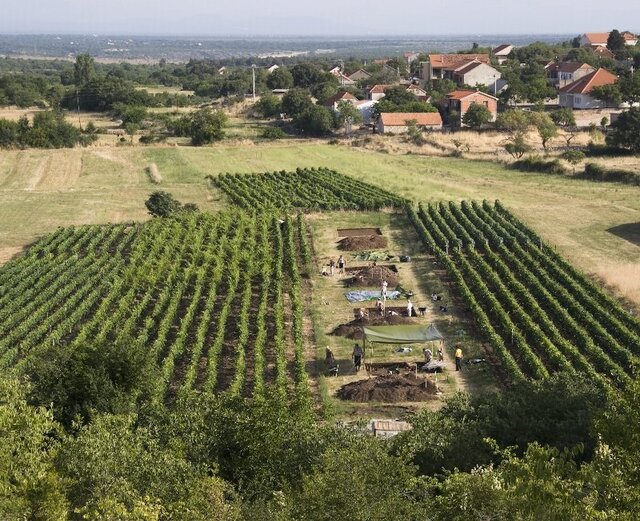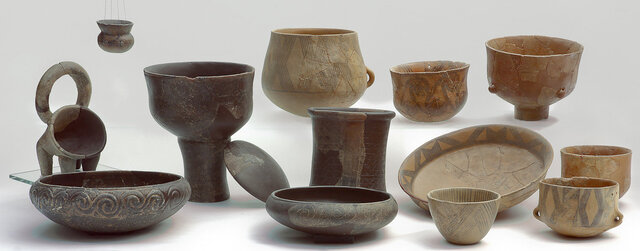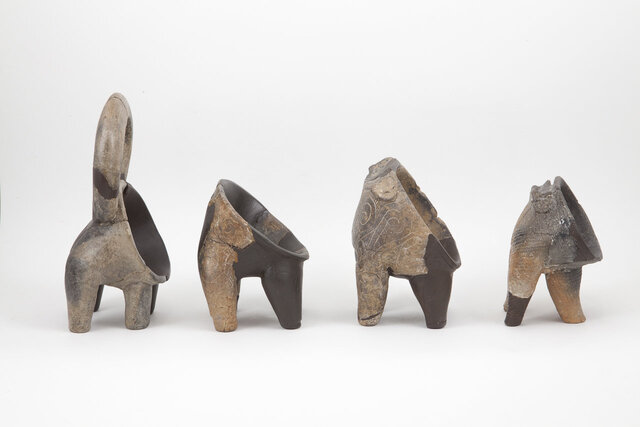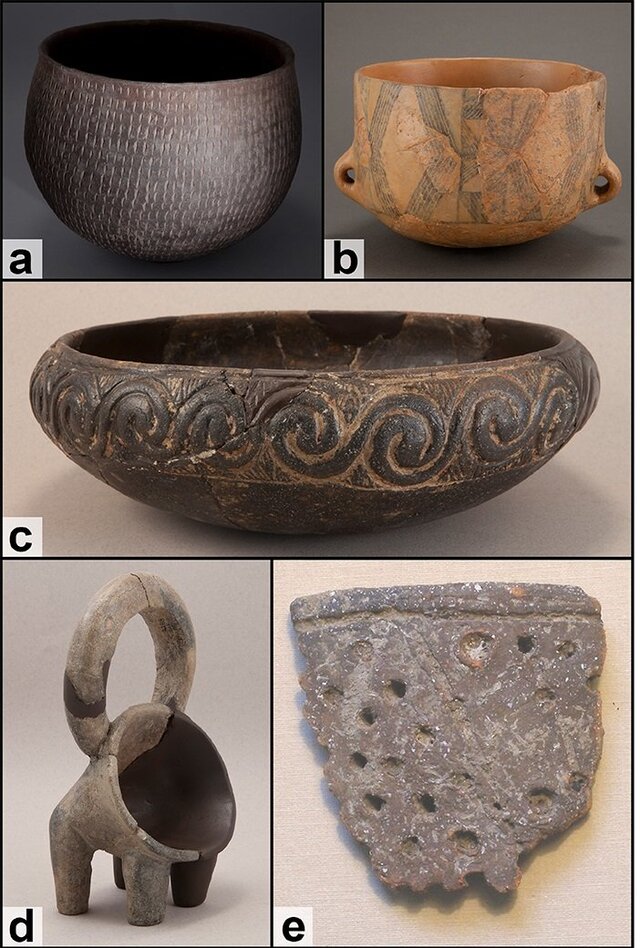Cheese—an essential culinary delight in today’s world—has a surprisingly ancient history. Recent archaeological discoveries on Croatia’s Dalmatian Coast reveal that the origins of cheese-making date back an astounding 7,200 years. This groundbreaking find not only redefines the timeline of fermented dairy production but also sheds light on the ingenuity and adaptability of Neolithic societies. Let’s delve into the fascinating story of how early humans transformed milk into a storable, nutritious food source, paving the way for agricultural expansion and cultural evolution.
Early Use of Dairy Products
The journey of dairy consumption began long before the advent of cheese. Archaeological evidence indicates that milk was used as early as 7,700 years ago, primarily stored in simple Impressed Ware pottery. In Neolithic communities, milk served as a vital source of hydration and nutrition. While most adults in these societies were lactose-intolerant, children could digest milk up to the age of ten, making it an essential dietary supplement for the younger population.
Milk’s role extended beyond mere nutrition—it was a reliable, pathogen-free alternative to other beverages. By providing a crucial survival tool during periods of food scarcity, milk became deeply intertwined with the early agricultural lifestyle.
Explore the fascinating history of cheese with Paul Kindstedt – watch the video to learn about the origins, evolution, and cultural significance of this beloved food!
The Shift to Fermented Dairy

Approximately 500 years after the initial use of milk, Neolithic societies on the Dalmatian Coast underwent a significant culinary and cultural transformation. The introduction of fermented dairy products such as cheese and yogurt marked a pivotal shift. These products were easier to digest for lactose-intolerant adults, offering a practical solution to dietary challenges.
This period also witnessed a remarkable change in pottery styles. Impressed Ware pottery gave way to Danilo pottery, which was specifically designed to accommodate new food processing methods. The Danilo pottery included distinct subtypes:

- Figulina: A highly polished pottery type, exclusively used for milk storage.
- Rhyta: Footed vessels often shaped like animals or humans, designed to hold fermented dairy products like cheese and yogurt.
- Sieves: Perforated vessels used to separate curds from whey during the cheese-making process.
The evolution of pottery underscores the cultural significance of cheese production, illustrating how culinary advancements influenced craftsmanship and daily life.
Archaeological Methods and Findings

The discoveries were made at two key Neolithic sites: Pokrovnik and Danilo Bitinj. Researchers employed advanced techniques to uncover the secrets of ancient cheese-making:
- Residue Analysis: Pottery fragments were analyzed for carbon isotopes, which revealed traces of milk fats, fermented dairy, and even animal fats.
- Radiocarbon Dating: Bones and seeds found near the pottery helped establish the artifacts’ age, confirming their origins around 7,200 years ago.
- Unwashed Samples: Wherever possible, researchers used unwashed pottery fragments to preserve the integrity of the residues.
The analysis revealed that specific pottery types, such as rhyta and sieves, were directly associated with cheese-making processes. This finding represents the earliest documented evidence of fermented dairy in the Mediterranean region.
Cultural and Technological Impact

The advent of cheese-making had profound implications for Neolithic societies:
Nutritional Advancements:
- Fermented dairy products provided a storable source of nutrition, reducing the risk of food shortages.
- Cheese and yogurt allowed for earlier weaning of infants, lowering infant mortality rates and enabling population growth.
Technological Progress:
- The development of specialized pottery demonstrates how culinary needs drove technological innovation.
- Tools like sieves reflect a sophisticated understanding of food processing techniques.
Agricultural Expansion:
- Cheese-making facilitated the spread of farming into colder northern regions, where fresh milk was less viable.
- The ability to store and transport dairy products encouraged long-term settlement and trade.
Broader Implications of the Discovery
This discovery goes beyond the culinary realm, offering valuable insights into human history:
Cheese as a Cultural Milestone:
- The production of cheese represents a key step in the evolution of human diet and agriculture.
- It highlights the adaptability and ingenuity of early societies in overcoming dietary limitations.
Linking Past to Present:
- Today, cheese remains a staple food worldwide, its roots tracing back to these ancient innovations.
- The Neolithic farmers’ ingenuity continues to influence modern culinary practices and traditions.
Video
Discover how ancient Egyptian tombs were filled with snacks for the afterlife – watch the video to uncover the fascinating customs and offerings left for the deceased!
Conclusion
The discovery of 7,200-year-old cheese-making on the Dalmatian Coast offers a fascinating glimpse into the lives of Neolithic communities. By transforming milk into a digestible, storable product, these early farmers revolutionized their diets and paved the way for agricultural expansion. The evolution of pottery styles, the development of specialized tools, and the nutritional benefits of fermented dairy underscore the cultural and technological advancements of the era.
As we savor the flavors of modern cheeses, we are reminded of the enduring legacy of our ancestors’ innovation. Their ability to adapt and innovate not only ensured their survival but also laid the foundation for a culinary tradition that continues to thrive thousands of years later.
